Tamayo A, Trujillo I, Diana, Cuastumal K, Figueroa E, Cuastumal D
Piel. 2021. https://doi.org/10.1016/j.piel.2021.05.005
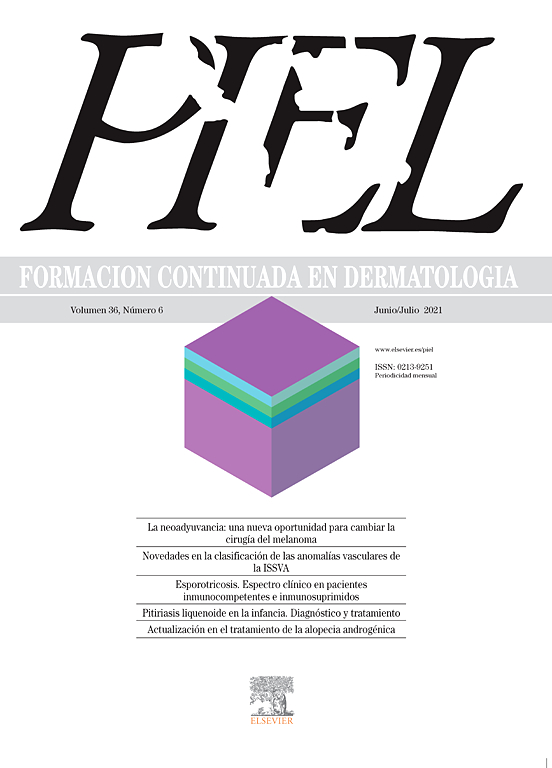 El envejecimiento es un proceso inevitable que depende de factores genéticos y ambientales. El fotoenvejecimiento facial es la expresión del efecto de las radiaciones ultravioletas y se puede mitigar de muchas maneras, dentro de las cuales se ha popularizado la lipotransferencia. El objetivo de este estudio fue evaluar la eficacia y la seguridad de la lipotransferencia en el tratamiento del fotoenvejecimiento cutáneo.
El envejecimiento es un proceso inevitable que depende de factores genéticos y ambientales. El fotoenvejecimiento facial es la expresión del efecto de las radiaciones ultravioletas y se puede mitigar de muchas maneras, dentro de las cuales se ha popularizado la lipotransferencia. El objetivo de este estudio fue evaluar la eficacia y la seguridad de la lipotransferencia en el tratamiento del fotoenvejecimiento cutáneo.
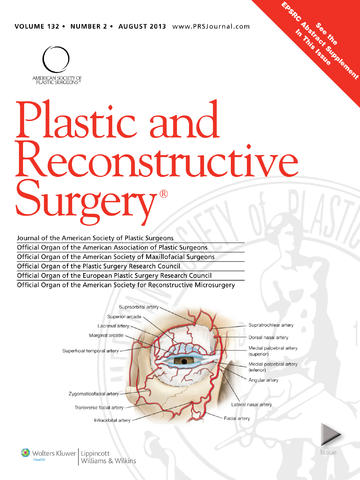 Despite rapid growth, gluteal fat transplantation is an operation in search of science and a teachable technique. Long operating times, tedious syringe transfers, inability to shape the recipient site, and the risk of fat embolism all headline as impediments to clinical adoption of the procedure. Expansion vibration lipofilling is a syringe-free surgical strategy that is a logical extension of Separation, Aspiration, and Fat Equalization (SAFELipo). In expansion vibration lipofilling, there is simultaneous disruption of recipient-site connective tissue, internal expansion using exploded-tip cannulas, and backfilling of these spaces with roller pump–propelled fat.
Despite rapid growth, gluteal fat transplantation is an operation in search of science and a teachable technique. Long operating times, tedious syringe transfers, inability to shape the recipient site, and the risk of fat embolism all headline as impediments to clinical adoption of the procedure. Expansion vibration lipofilling is a syringe-free surgical strategy that is a logical extension of Separation, Aspiration, and Fat Equalization (SAFELipo). In expansion vibration lipofilling, there is simultaneous disruption of recipient-site connective tissue, internal expansion using exploded-tip cannulas, and backfilling of these spaces with roller pump–propelled fat.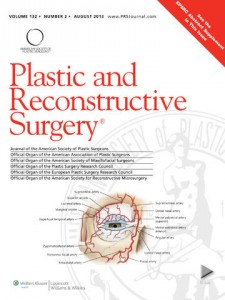 Gluteal augmentation with fat transplantation is increasing in demand but has been associated with a concerning number of fatality reports. Despite these reports, various surgeons have safely performed gluteal fat transplantation on a large number of patients with no reported mortality. The important aspects of safely performing gluteal fat transplantation are reviewed. Proper patient selection, favorable instrumentation, patient positioning, proper technique, and knowledge of anatomy are critical to improving the safety of this procedure. Adherence to these key principles should allow a reduction in mortality from this procedure, which would safely allow its continued offering in the setting of increasingly high demand.
Gluteal augmentation with fat transplantation is increasing in demand but has been associated with a concerning number of fatality reports. Despite these reports, various surgeons have safely performed gluteal fat transplantation on a large number of patients with no reported mortality. The important aspects of safely performing gluteal fat transplantation are reviewed. Proper patient selection, favorable instrumentation, patient positioning, proper technique, and knowledge of anatomy are critical to improving the safety of this procedure. Adherence to these key principles should allow a reduction in mortality from this procedure, which would safely allow its continued offering in the setting of increasingly high demand.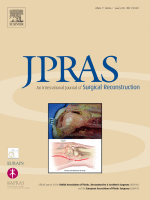 Rejuvenation of the dorsal surface of the hand for various conditions, such as cutaneous dyschromia, fine wrinkling, skin laxity, visible extensor tendons, and varicosities appear vital to prevent wrist and digit flexion resulting from hiding of the aged appearance of the hand. Numerous fillers have been applied to re-contour the aging dorsal surface of the hand and the results were variable. The micro-autologous fat transplantation (MAFT) technique, proposed by Lin et al. in 2006, has demonstrated its feasibility in facial rejuvenation. In this study, we applied the MAFT technique for the rejuvenation of the dorsal portion of the hand.
Rejuvenation of the dorsal surface of the hand for various conditions, such as cutaneous dyschromia, fine wrinkling, skin laxity, visible extensor tendons, and varicosities appear vital to prevent wrist and digit flexion resulting from hiding of the aged appearance of the hand. Numerous fillers have been applied to re-contour the aging dorsal surface of the hand and the results were variable. The micro-autologous fat transplantation (MAFT) technique, proposed by Lin et al. in 2006, has demonstrated its feasibility in facial rejuvenation. In this study, we applied the MAFT technique for the rejuvenation of the dorsal portion of the hand.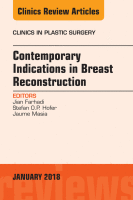
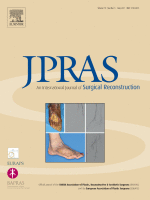 Breast implants and, more recently, autologous fat grafting are the two most common treatments used to correct tuberous breast deformity (TBD). The post-surgical quality of life between the two techniques is not well demonstrated. This study aimed to compare satisfaction and health-related quality of life in patients affected by TBD between these two techniques.
Breast implants and, more recently, autologous fat grafting are the two most common treatments used to correct tuberous breast deformity (TBD). The post-surgical quality of life between the two techniques is not well demonstrated. This study aimed to compare satisfaction and health-related quality of life in patients affected by TBD between these two techniques.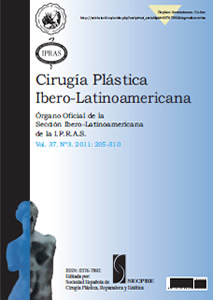
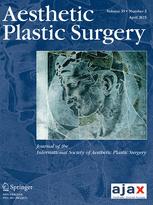 Autologous lipotransfer is seen as an ideal filler for soft tissue reconstruction. The main limitation of this procedure is the unpredictable resorption and volume loss of the fat graft. In the recent decade, an increasing amount of research has focused on the use of adipose tissue-derived stromal cells (ASCs) to enrich the fat graft, a procedure termed cell-assisted lipotransfer (CAL). The aim of this review was to systematically review the current preclinical and clinical evidence for the efficacy of CAL compared with conventional lipotransfer.
Autologous lipotransfer is seen as an ideal filler for soft tissue reconstruction. The main limitation of this procedure is the unpredictable resorption and volume loss of the fat graft. In the recent decade, an increasing amount of research has focused on the use of adipose tissue-derived stromal cells (ASCs) to enrich the fat graft, a procedure termed cell-assisted lipotransfer (CAL). The aim of this review was to systematically review the current preclinical and clinical evidence for the efficacy of CAL compared with conventional lipotransfer.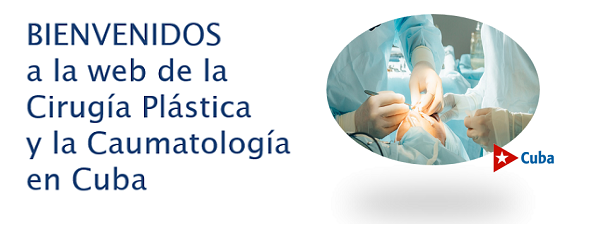
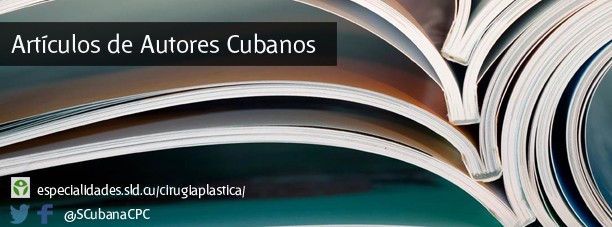
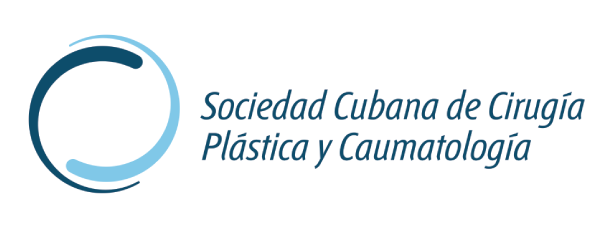

 Sitio web publicado el
Sitio web publicado el
Los lectores comentan